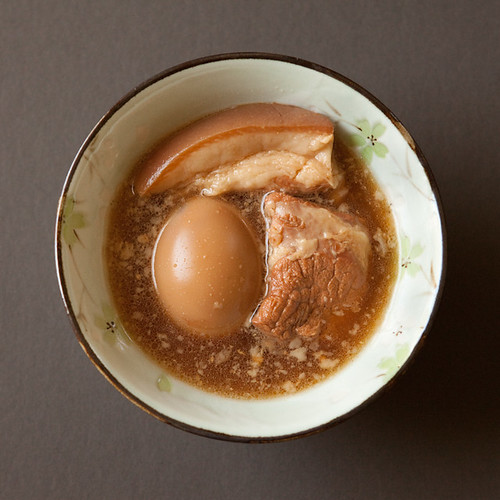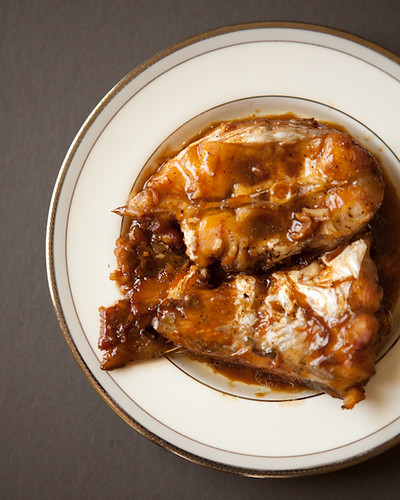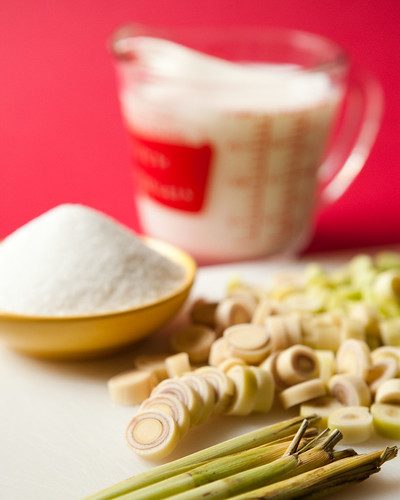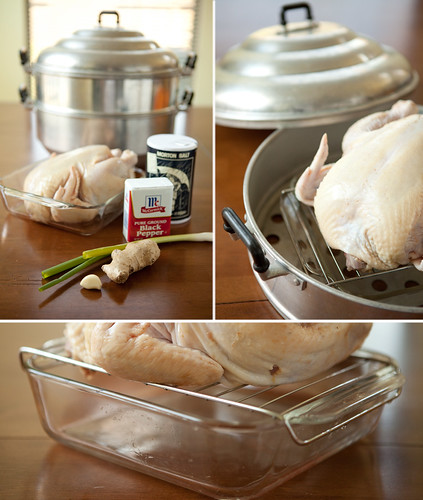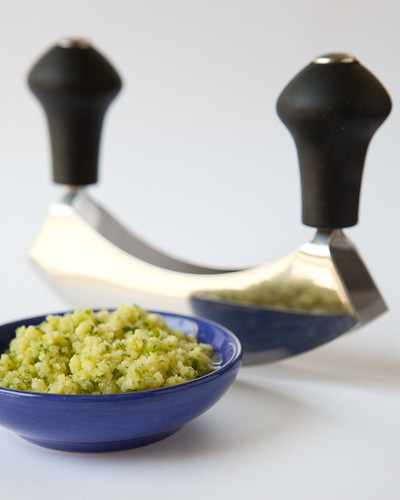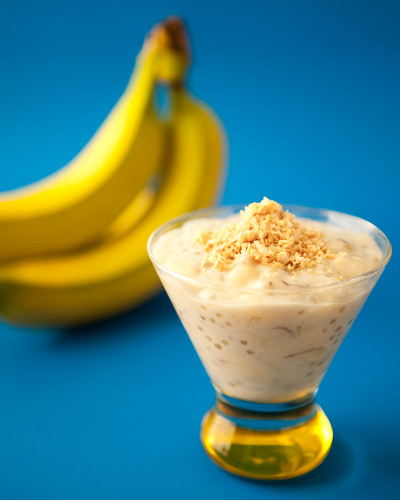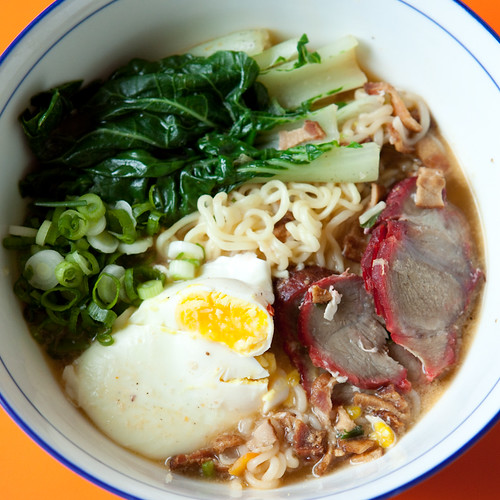
Just because ramen is the go-to food item for those on a tight budget, it doesn’t mean that we can’t indulge our inner chefs when feasting on some freeze-dried noodles. As
I've mentioned before, for someone who grew up on this stuff, a package of ramen noodles is like a canister of Play-Doh where you're limited only by your imagination. The following is one of the myriad of ways to make instant noodles a wok to remember.
Before we start, it’s imperative that you forget the “old” way of making ramen and follow my steps below. Don’t worry; when food is concerned, I don’t lead people astray.
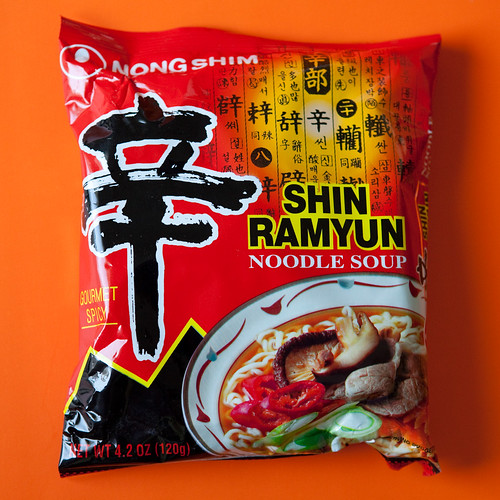
2 slices of bacon, chopped widthwise into thin 1/8-inch strips
1 clove of garlic, minced
6 cups hot water
1 large egg
1 good helping of char-siu pork from your favorite Chinese BBQ provider (actual amount depends the level of your char-siu pork hankering)
1 package of your favorite instant ramen (currently, mine is Nong Shim’s Shin Ramyun Gourmet Spicy)
2 cups of baby bok choy, leaves separated and washed
1 stalk of green onion, finely chopped (optional)
1. In a 4-quart pot or larger over high heat, cook the strips of bacon for about 3 minutes or until crispy brown, stirring occasionally. Add the garlic and continue stirring for about a minute to release all the garlic’s flavors.
2. Just as the garlic begins to brown, add the hot water to the bacon and garlic and bring to a boil. I know it seems like a lot of water but, by the time we finish this recipe, most of it will evaporate.
3. Once boiling, crack the egg into the water and poach until desired doneness (3 minutes for soft, 6 minutes for hard). Turn heat to medium otherwise it'll boil over. With a slotted spoon, transfer the cooked egg to a bowl.
4. Now add the noodles and its seasoning packet(s). We don’t want to add the seasoning before cooking the egg otherwise the egg will absorb all the salty powdery goodness leaving nothing for the broth. The Shin Ramyun comes with two packets: one is the actual seasoning and the other contains dried herbs and veggies. When the water boils again, cook for another 3 minutes or until desired tenderness. I specify 3 minutes because I prefer my ramen chewy rather than mushy, though I understand some prefer otherwise. Using a slotted spoon or your finest chopstick skills, transfer only the noodles and pork into the bowl with the waiting egg.
5. Bring the water back to a rapid boil. Add the leaves of baby bok choy. Stir and let it come back to a boil. Cook for another minute or until white stalks are slightly translucent and tender. Overcooking will result in mushy bok choy and 7 years of bad luck.
6. Ladle in the bok choy and broth, garnish with chopped green onions and serve.
I typically split this recipe into two bowls to share with my wife so the photo shows only half of the recipe.
